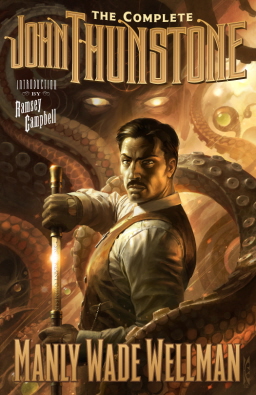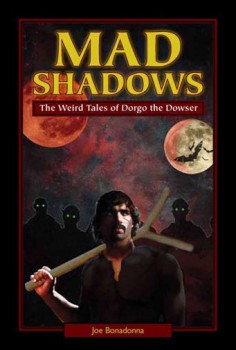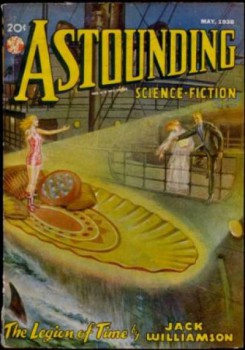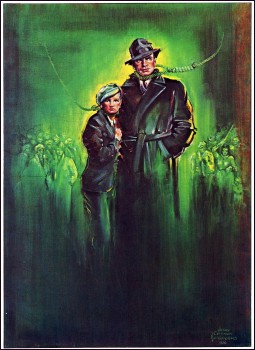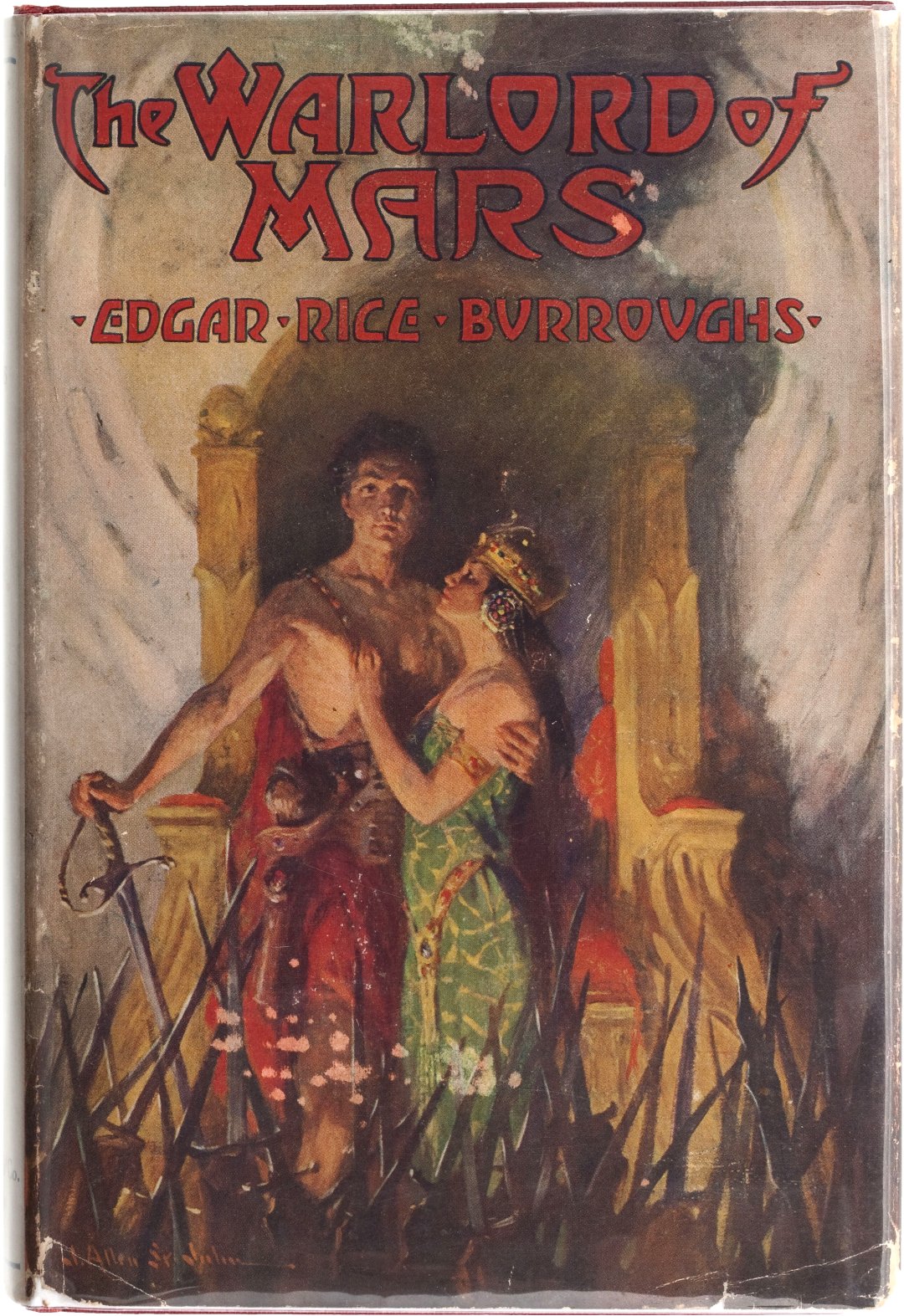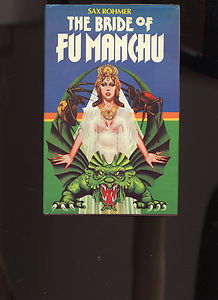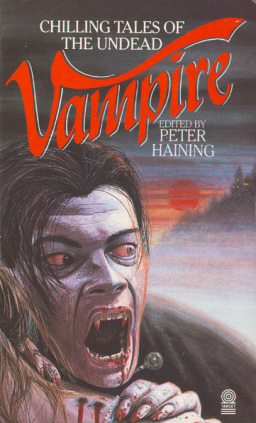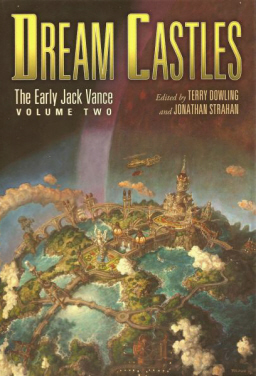Blogging Sax Rohmer’s The Bride of Fu Manchu, Part Four
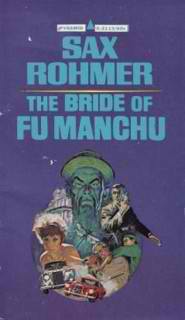
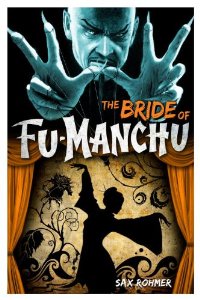 Sax Rohmer’s The Bride of Fu Manchu was originally serialized in Collier’s from May 6 to July 8, 1933 under the variant title, Fu Manchu’s Bride. It was published in book form later that year by Cassell in the UK and Doubleday in the US. The US edition retained the original magazine title until the 1960s when the UK book title was adopted for the paperback edition published by Pyramid Books.
Sax Rohmer’s The Bride of Fu Manchu was originally serialized in Collier’s from May 6 to July 8, 1933 under the variant title, Fu Manchu’s Bride. It was published in book form later that year by Cassell in the UK and Doubleday in the US. The US edition retained the original magazine title until the 1960s when the UK book title was adopted for the paperback edition published by Pyramid Books.
Sir Denis Nayland Smith and Alan Sterling lead the police raid of Mahdi Bey’s Riviera estate. Moving deep below sea level in the underground catacombs, they find themselves cut off by steel doors which descend on both sides. Fearing for their lives and plunged in darkness, they are startled to hear the voice of Fu Manchu informing them he is leaving by submarine and that Dr. Petrie and Fleurette go with him. He explains he is sparing their lives only because Sir Denis and Sterling spared his when they both encountered him in his opium trance.
Smith and Sterling manage to climb through an opening in the catacombs and descend into the underground stream and swim across until they can climb the rocks leading to the beach at St. Claire. Sir Denis notes that Petrie could never have made the journey to the submarine in his weakened condition and sees evidence of oil trails that suggest that another party has left the beach via motorboat. The question remains where the motorboat will meet up with the submarine. Smith suspects their destination would be a yacht with which to transport the party to the rendezvous.
